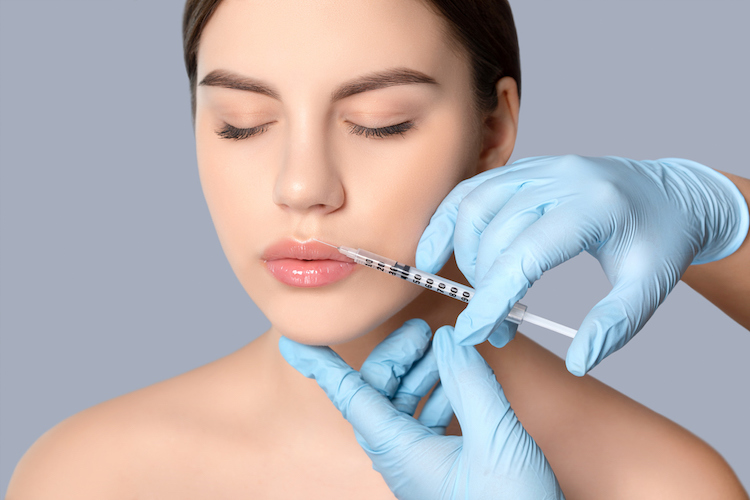Facial fat transfer has enhanced how plastic surgeons approach facial rejuvenation.
Certain anatomic regions of the face need volume restoration and not simply “lifting” to restore a youthful appearance and shape. It is simply not possible to “lift” an empty space but more effective to “fill” it. Fat transfer to the face has a dual purpose: filling empty spaces due to aging but also improving skin quality in the long-term with the stem cells and other regenerative factors seen in adipose tissue.
During surgery, the donor sites for fat harvesting are injected with a routine tumescent solution containing 50 cc of plain 1% lidocaine and 0.5 cc of epinephrine (1:1000) in a liter of normal saline. Harvesting is performed using 10 and 20 cc syringes attached to a Coleman 14G X 10 cm blunt tipped harvesting cannula. The syringes are placed in an upright position, allowing the supernatant to settle out from the fat. The fat is then separated from the supernatant and transferred to 1 cc syringes.
Each syringe is attached to a Tulip rounded, blunt tipped cannula which has a single opening for fat injection. I prefer to use a 1.2 mm cannula for the temples, cheeks, chin, and geniomandibular areas. The lips, nasolabial folds, and tear trough areas are injected using a 0.9 mm cannula. The supraorbital region is injected using a 0.7 mm cannula. Lip rhytids are injected with a 23G needle as described by Tonnard and Verpaele.1
The blunt cannulas, which are connected to 1 cc syringes, are inserted through stab openings in the skin created with 18 g NoKor needles. Fat is injected with the cannula opening pointed towards the patient in a retrograde manner by creating multiple channels or tunnels and injecting only 0.1 cc with each pass. I first begin the fat injections at the temporal fossa by creating an opening in the scalp skin within the temporal hairline with an 18 g NoKor needle. I prefer placing the fat superficial to the deep temporal fascia up to the level of orbital rim anteriorly and the zygomatic arch inferiorly.
All fat injections in the face are done in a supra-periosteal plane except in the preauricular area placed in the subcutaneous plane. The supraorbital area is accessed through an incision along the lateral orbital rim. The malar area is injected through stab incisions in the nasolabial fold. Lip injections are done through stab incisions at the oral commissures. I usually inject 1-3 cc in each temporal fossa, 1-3 cc along each supraorbital rim, 3-7 cc in each malar/submalar area, 1-3 cc in each geniomandibular groove, 1-2 cc in each nasolabial fold, 1 cc in the upper lip, 1-2 cc in the lower lip, 1-3 cc in the chin, and 3-5 cc along the mandibular borders.
At La Jolla Plastic Surgery & Dermatology in San Diego facelift can be significantly enhanced by fat transfer, as seen in this patient’s photos at six months. She underwent fat transfer to the temples, malar region, and lips.





